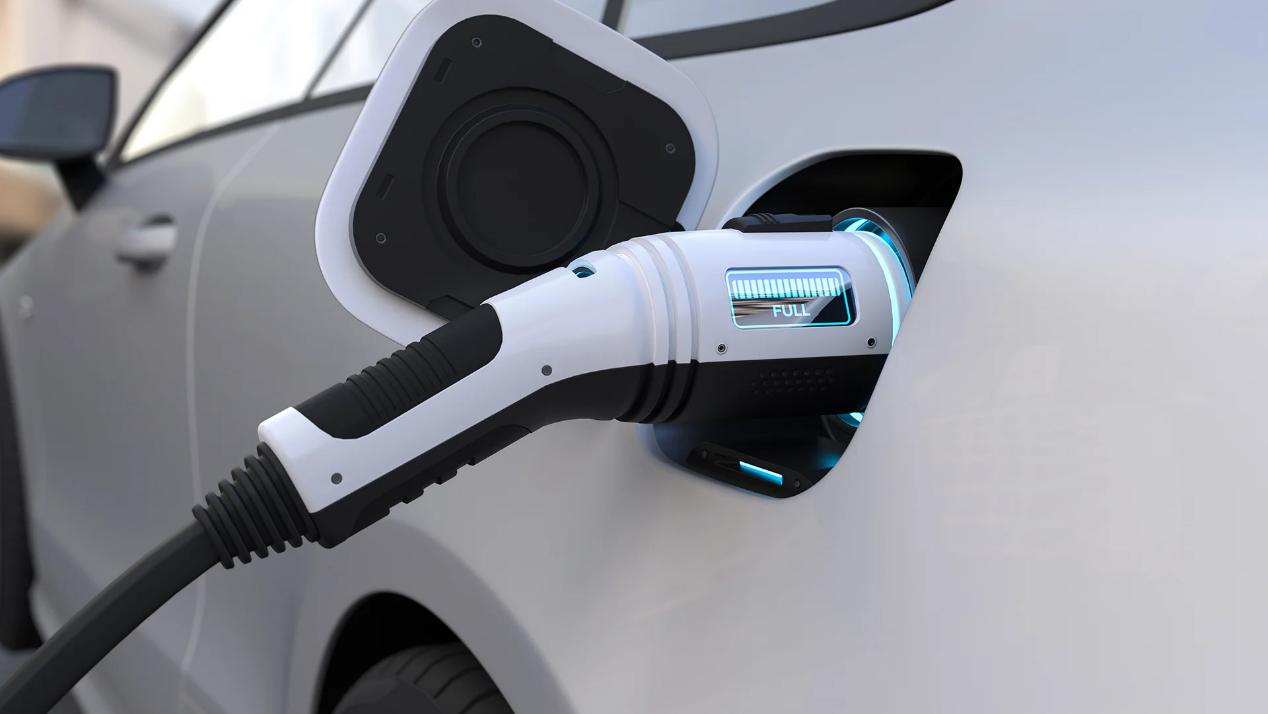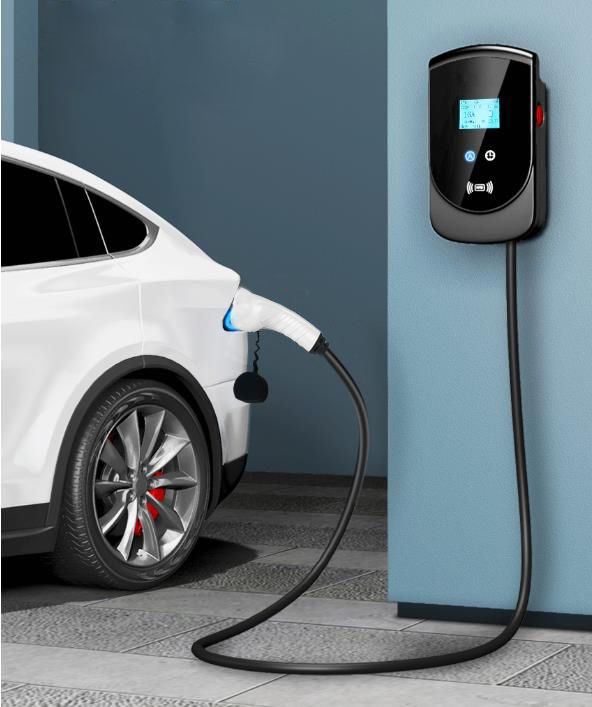Is it safe to drive an EV in the rain?
First of all, electric vehicles use high-voltage battery packs to store electricity that provide power to the electric motors.
While it is easy to presume the battery packs, which in most cases are mounted under the floor of the car, are exposed to water from the road when it is raining, they are protected by extra bodywork that prevents any contact with water, road grime and dirt.
This means the critical components are known as completely ‘sealed units’ and are designed to be water and dust proof. This is because even the smallest foreign particles can affect their performance and long-term reliability.
On top of that, the high-voltage cables and connectors that transfer power from the battery pack to the motor/s and charging outlet are also sealed.
So, yes, it is completely safe – and no different to any other type of car – to drive an EV in the rain.
It goes without saying, however, that you might be concerned about physically connecting a high-voltage cable to the vehicle when it’s wet.
But both electric vehicles and charging stations are smart and talk to each other before activating the flow of electricity to ensure that charging is safe under any condition, even in the rain.
When plugging a vehicle in to be recharged, the vehicle and plug communicate with each other to, firstly, ascertain whether there are any faults in the communication links and then the electrical current before determining the maximum charging rate and, finally, whether it is safe to charge.
Only once the computers have given the all-clear will the electrical current be activated between the charger and vehicle. Even if you’re still touching the car, there is very little chance of being electrocuted as the connection is locked and sealed.
However, as charging stations are being used more often, it is recommended to look for any damage to the cable before connecting, such as nicks or cuts in the protective rubber layer, as this could cause exposed wires, which is potentially very dangerous.
Vandalism of public EV charging stations is becoming an increasing problem as the infrastructure develops in Australia.
The biggest inconvenience is that the majority of EV fast-charging stations are in outdoor carparks and not undercover like a conventional service station, which means you might get wet when connecting the car.
Bottom line: there’s no extra danger when driving or charging an EV in the rain, but it will pay to take appropriate precautions and apply common sense.
7kW 22kW16A 32A Type 2 To Type 2 Spiral Coiled Cable EV Charging Cable
Post time: Nov-13-2023










